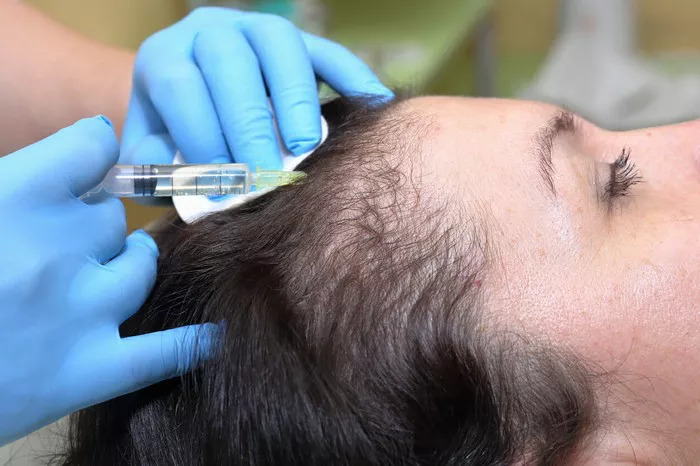Embarking on a journey to restore a full head of hair through a transplant is a transformative decision. One common concern that often arises is whether a hair transplant is possible without shaving the head. In this comprehensive guide, we will delve into the intricacies of hair transplant procedures, exploring the possibilities and considerations for those who prefer to keep their existing hair length during the process.
Understanding Traditional Hair Transplant Procedures
Follicular Unit Transplantation (FUT)
Strip Harvesting: FUT involves the removal of a strip of scalp from the donor area, typically at the back of the head. The donor strip is then dissected into individual follicular units for transplantation.
Shaving Required: Traditionally, FUT requires shaving the donor area to facilitate the extraction of the strip, leading to a noticeable change in hair length.
Follicular Unit Extraction (FUE)
Individual Follicle Extraction: FUE involves the extraction of individual hair follicles directly from the donor area, typically without the need for a strip.
Partial Shaving May Be Required: While FUE allows for more flexibility in terms of shaving, partial shaving is often recommended in the donor area to facilitate the extraction process.
The Evolution of Hair Transplant Techniques
Non-Shaven FUE (NS-FUE)
Advancements in Technology: NS-FUE is an innovative technique that allows for hair transplant without a complete shave. It leverages advancements in technology and surgical skills.
Selective Extraction: In NS-FUE, hair follicles are selectively extracted, leaving the surrounding hair untouched. This technique caters to individuals who prefer to maintain their existing hair length.
Direct Hair Implantation (DHI)
Minimally Invasive Technique: DHI is a minimally invasive hair transplant technique that involves the direct implantation of hair follicles without the need for creating recipient sites beforehand.
No Shaving Required for Some Cases: In certain cases, DHI can be performed without shaving the recipient area, allowing individuals to undergo the procedure with minimal disruption to their existing hairstyle.
Considerations for Hair Transplant Without Shaving
Extent of Hair Loss and Desired Coverage
Applicability of Techniques: The feasibility of a non-shaven hair transplant may depend on the extent of hair loss and the desired coverage. Individuals with significant hair loss may find partial shaving necessary for optimal results.
Customized Approach: Surgeons assess each case individually, tailoring the approach based on the specific needs and expectations of the patient.
Patient Preferences and Comfort
Preference for Existing Hairstyle: For individuals who have a strong preference for maintaining their existing hairstyle, non-shaven techniques provide a suitable option.
Psychological Comfort: The psychological comfort of patients during and after the procedure is a crucial consideration. Non-shaven techniques contribute to a more seamless transition.
Benefits and Challenges of Non-Shaven Hair Transplants
Benefits
Preservation of Existing Hair Style: The primary benefit is the preservation of the patient’s existing hair style, minimizing any visible changes post-transplant.
Reduced Social Impact: Non-shaven techniques help reduce the social impact of the procedure, allowing individuals to resume their daily activities with minimal noticeable changes.
Challenges
Limitations in Extensive Procedures: Non-shaven techniques may have limitations in extensive transplant procedures where a larger donor area is required.
Increased Procedure Duration: The meticulous nature of non-shaven procedures may lead to slightly longer durations compared to traditional approaches.
Conclusion
In conclusion, the possibility of a hair transplant without shaving the head has become a reality with the evolution of advanced techniques like NS-FUE and DHI. These innovations offer a viable option for individuals who wish to maintain their existing hairstyle during the transplant process. However, the applicability of non-shaven techniques depends on factors such as the extent of hair loss, desired coverage, and individual preferences. As with any medical procedure, consultation with a qualified and experienced surgeon is paramount to determine the most suitable approach based on the unique characteristics of each case. Ultimately, the choice between a shaved and non-shaved hair transplant allows individuals to tailor the procedure to their comfort, preferences, and aesthetic goals.
Which Country Has The Best Hair Transplant

